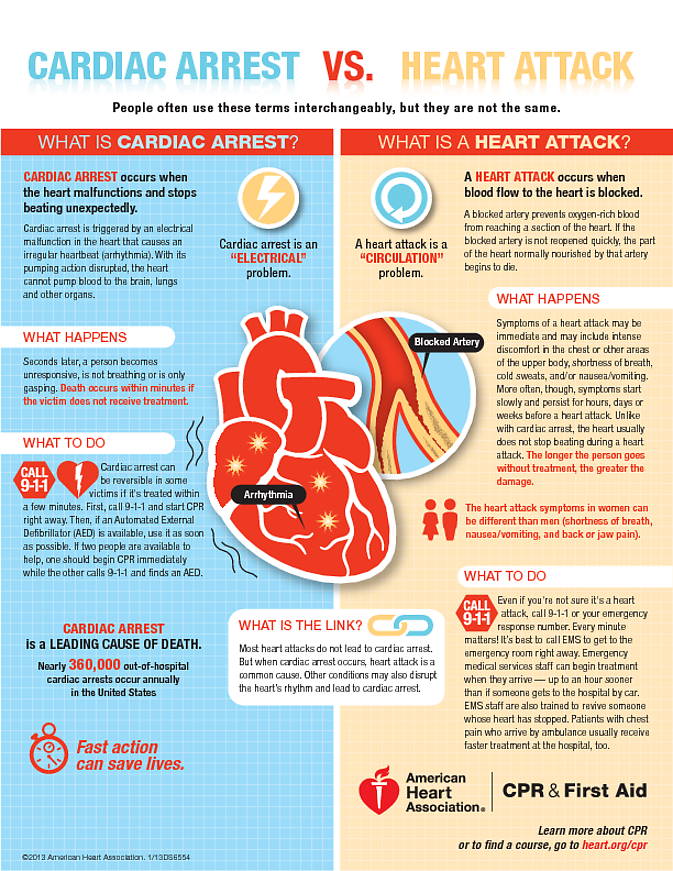Disease prevention programs can play an important role in reducing the prevalence of cardiovascular disease, which is one of the most common illnesses in the world. From promoting healthy lifestyles to early detection and treatment, these programs can help save lives by reducing the risk of heart disease, stroke, and other cardiovascular conditions. In this article, we will explore how disease prevention programs work to reduce cardiovascular disease, from promoting healthier lifestyles to developing early detection strategies. With this information, we can all better understand how to take control of our health and reduce the risk of cardiovascular disease.
Promoting healthy eating habits, such as reducing the consumption of saturated fats, trans fats, and sodium and increasing the intake of fresh fruits and vegetables, whole grains, and low-fat dairy products.

Eating healthy is one of the most important steps to prevent cardiovascular disease. Reducing foods with saturated fats, trans fats and sodium, and increasing your intake of fresh fruits and vegetables, whole grains and low-fat dairy products are all great ways to reduce your risk of developing heart-related illnesses. Eating a balanced diet can help provide your body with all the essential vitamins and minerals it needs to stay healthy and strong. Plus, it can also help you maintain a healthy weight and lower your blood pressure, two other key factors in reducing your risk of cardiovascular disease. So if you want to keep your heart healthy, make sure to make good food choices and maintain a balanced diet!
Increasing physical activity by encouraging individuals to engage in regular aerobic exercise, such as walking, jogging, or cycling.

Exercising regularly is one of the best ways to reduce your risk of cardiovascular disease. Not only does it help to improve your overall health, but it also helps to strengthen your heart and lungs. There are plenty of ways to increase physical activity and get your heart rate up, such as walking, jogging, cycling, swimming, and other aerobic exercises. Even if you don’t have a lot of time to commit to a workout, you can still make a difference in your health. Taking a few minutes for a quick walk or jog at least once a day can drastically reduce your risk of developing heart disease. You don’t have to be a marathon runner to benefit from regular physical activity, so make sure to get moving and get your heart pumping!
Promoting smoking cessation and the avoidance of secondhand smoke.

.Smoking is one of the leading causes of cardiovascular disease, so it’s important to promote quitting and avoid secondhand smoke. Disease prevention programs often focus on helping people quit smoking by providing resources and support. They may also work to create smoke-free environments in public places, like restaurants and bars, to reduce exposure to secondhand smoke. Other campaigns may focus on providing education about the health risks associated with smoking, as well as the benefits of quitting. By encouraging people to quit smoking and limiting their exposure to secondhand smoke, disease prevention programs can help reduce the risk of cardiovascular disease.
Lowering blood pressure, cholesterol and other risk factors through lifestyle changes and/or medications.

Cardiovascular disease is a major health concern, so disease prevention programs are an important tool to combat it. One of the most effective ways to reduce the risk of cardiovascular disease is to lower blood pressure, cholesterol, and other risk factors through lifestyle changes and/or medications. Making healthy dietary choices, such as eating more fruits and vegetables and reducing saturated and trans fats, can help lower cholesterol levels and reduce the risk of heart disease. Additionally, exercising regularly, quitting smoking, and reducing stress can help to lower blood pressure and reduce heart disease risk. Taking medication prescribed by your doctor can also help to lower cholesterol, blood pressure, and other risk factors. By following a healthy lifestyle and taking any necessary medications, you can significantly reduce your risk of developing cardiovascular disease.
Educating individuals on the importance of recognizing early symptoms of cardiovascular disease, such as chest pain, and seeking medical attention promptly.

Cardiovascular disease is one of the leading causes of death in the United States, and it’s important for people to be aware of the signs and symptoms of the disease in order to catch it early. Educating individuals on the importance of recognizing early symptoms of cardiovascular disease, such as chest pain, is key to preventing it from progressing and causing serious health complications. By understanding what to look for, you can be more proactive in seeking medical attention promptly if you experience any of the signs or symptoms of cardiovascular disease. Talking to your doctor about your risk factors can also help you better understand the steps you need to take to reduce your risk of developing the disease.




